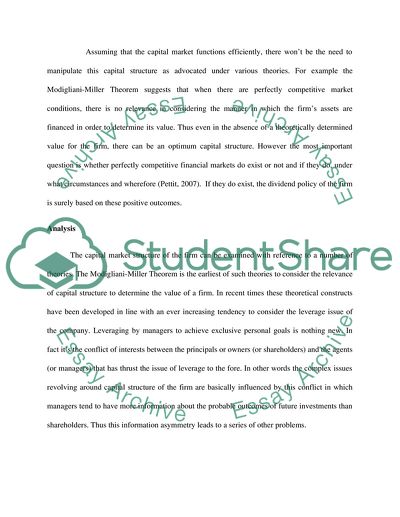Cite this document
(Relevance of the Firm's Capital Structure Assignment - 1, n.d.)
Relevance of the Firm's Capital Structure Assignment - 1. Retrieved from https://studentshare.org/finance-accounting/1722150-corporate-finance
Relevance of the Firm's Capital Structure Assignment - 1. Retrieved from https://studentshare.org/finance-accounting/1722150-corporate-finance
(Relevance of the Firm'S Capital Structure Assignment - 1)
Relevance of the Firm'S Capital Structure Assignment - 1. https://studentshare.org/finance-accounting/1722150-corporate-finance.
Relevance of the Firm'S Capital Structure Assignment - 1. https://studentshare.org/finance-accounting/1722150-corporate-finance.
“Relevance of the Firm'S Capital Structure Assignment - 1”, n.d. https://studentshare.org/finance-accounting/1722150-corporate-finance.


